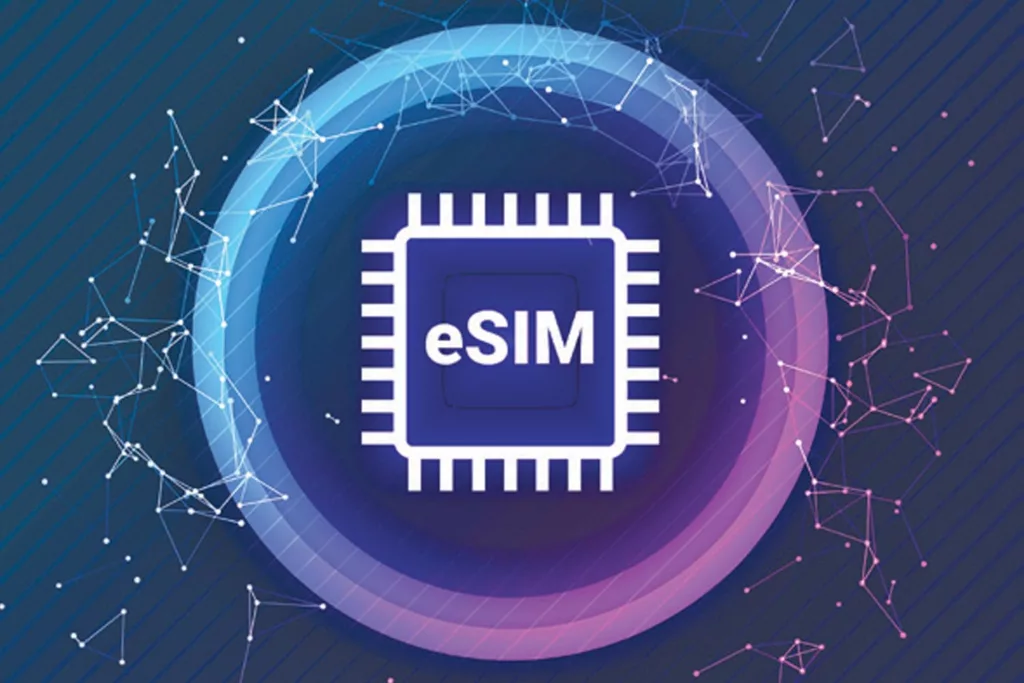Table of Contents
The Embedded SIM continues to blast off. In several years, a lot of smartphones, tablets, smart watches and even some smart gadgets, have been equipped with electronic format. Many mobile carriers over the world are already providing eSIM support to their clients. Major operators in different countries have accepted the new format, allowing their customers to activate profiles on their devices at low prices for their data plans.
Related: “How to Сonvert Physical SIM to eSIM?“
One of the main benefits of the electronic version is the dual-SIM functionality. It allows users to have multiple active cellular connections at the same time, removing the necessity to materially type. This feature is especially valuable for people who like to travel. However, do you think is eSIM cheaper than a physical card?

5 advantages of using e-SIM card
- With e-SIM technology, travellers can easily switch between local mobile networks without personally changing their SIM card. This ensures uninterrupted connectivity and removes the necessity to buy and install a new SIM in each country visited;
- Electronic SIM allows devices to operate with two active cellular connections simultaneously. This is particularly useful for travellers who need to keep in touch with the home tariff and use a local SIM to save on calls and data in the destination country;
- Tourists can easily access local networks by activating a local e-SIM in the destination country. This provides access to advantageous data and calling plans. Convenient Internet access is particularly important for navigation, communication and information while travelling. It is interesting to note that it is for this version of the SIM card that operators offer cheap eSIM plans;
- The process of setting up a device to use mobile communications is made easier with an Embedded SIM. There is no necessity to insert a material SIM card; simply scan the QR code or upload an electronic chip profile to activate the cellular connection. This saves time and removes the risk of lost or damaged material media;
- MFF2 technology: the M2M form factor offers flexibility and convenience for people who are constantly on the move and on the move. You can easily switch between different cellular networks and tariff plans depending on your needs. Whether switching to a local offer for a short period of time or using international roaming during a long journey, the chip gives you the freedom to choose without being tied to a specific material version.
Comparison of e-SIM card and Physical SIM from different mobile operators
To clearly answer the question, “Is eSIM better than a conventional SIM card?”, it is necessary to compare their features and benefits. For example, let’s take two major mobile operator companies as an example.
![]()
Let’s compare the offers of two popular mobile carriers, AT&T and Verizon:
- AT&T. You’ll be interested to know that AT&T doesn’t charge extra for e-SIM activation. Customers can add the e-SIM to their existing plan or choose from the various plans and tariffs available. The cost of a material SIM card typically ranges from $5 to $25, depending on the type of card and possible promotions or discounts. However, to buy the physical version you will have to visit a telecom shop in person, spend a lot of time on paperwork, when the cheap eSIM is installed online, does not require personal presence in an offline shop, and is activated in minutes.
- Verizon. Verizon offers MFF2 support for compatible devices, allowing customers to activate the card on their gadgets without the need for a material SIM. Customers can choose from a range of plans to suit their needs, including unlimited data plans, shared data plans and prepaid plans. e-SIM plans offer the same features and benefits as material SIM plans, including nationwide coverage, data capacity, unlimited talk and texting, and more, but often at great deals and discounts. For example, Verizon actively supports the military and veterans with minimum-price offers.
Top reasons why an Embedded SIM is cheaper than a physical SIM card
Should I use eSIM or physical SIM? Several factors in the mobile industry contribute to the cost difference between eSIMs and material chips:
- lack of physical manufacturing and distribution. The e-SIM does not require physical production and distribution. This avoids the costs of production, packaging and delivery to operators and retailers. As a result, the embedded version reduces logistics costs.
- Simplified supply chain. Technology simplifies the supply chain for mobile network operators. They can remotely provision and activate MFF2 profiles without managing inventory of material SIM cards.
- User friendliness. Electronic SIM allows users to switch between different network providers without having to physically swap SIM cards. This removes the need to purchase multiple material chips or pay for new ones when switching carriers. Users can switch networks by simply downloading the appropriate eSIM profile to their device.
- Mobile operators can offer discounts or incentives to attract users to Embedded SIM technology. These can be lower tariff plans, discounts or free installation, as with AT&T and Verizon.
Summary
Travel across borders and rules with the new features that e-SIM brings to users with bargain tariff offers and a convenient activation process, making MFF2 cheaper than a physical SIM card and much more mobile, which is important when travelling around the world.





